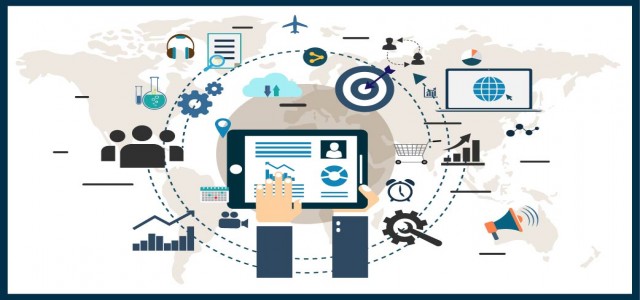
Fog Computing Market is estimated to reach USD 700 million by 2024. Fog computing is changing the way edge networks are being developed. The wireless access point, switches, routers, storage servers, and applications at the edge are converging into single fog nodes. This significantly reduces the system complexities, increases the system manageability and ensures ease of interactions between system and application. The convergence of computing and networking at the edge of the network lead to the development of number of new avenues for the integration of information and operational technologies. It enables new services that cloud computing platforms alone cannot effectively support.
The growth of the fog computing market is driven by the growing demand of cloud computing services across the globe. The distributed and parallel computing has significantly evolved over the past fifty years from mainframes to vector era to modern computing paradigm. Despite, the growth in the computing technology, there is still a significant requirement of more advance computing technology to overcome the future challenges. As the number of devices connected to the internet increases, it will not be sustainable to use cloud computing as centralized server. This increasing adoption of connected devices will give rise to the need of the processing data closer to its source to overcome the problem of data explosion and reduce network traffic. Hence, an effective computing platform is required in edge of network to harness the computation competences that are currently untapped.
Request sample copy of this report @ https://www.decresearch.com/request-sample/detail/2295
The smart infrastructure is the major application of fog computing. Increasing digitalization and supportive government initiatives in the developing countries are estimated to be one of the factors that is backing the growth of the market. For instance, in 2014, Sheikh Mohammed, prime minister and vice president of UAE announced Dubai's smart city project, which focuses on delivering more than 1000 government services via internet by the end of the year 2017. Fog computing can play an effective role in the smart infrastructure market in building control, security and surveillance systems, access control, as well as in environmental monitoring applications.
U.S. will be leading the fog computing market owing to the presence of number of players such as Cisco, IBM, Dell and Microsoft. The increase in R&D activities and application of the technology in healthcare, transportation, and automotive is backing the growth. Asia Pacific is anticipated to grow with highest growth rate in the fog computing market. The growth of the market is attributed to the increase in adoption of cloud services in the region. Initially, the organizations drove the adoption of cloud services due to its cost-effective model, ease of use and speed of implementation. However, now enterprises are embracing the cloud services to enable digital transformation. Moreover, the adoption of cloud services in the region is further estimated to grow as organizations are leveraging the capabilities of the cloud computing solutions for new business applications such as business intelligence, big data, enterprise asset management, and compliance and risk management.
Make Inquiry about this report @ https://www.decresearch.com/inquiry-before-buying/2295
Some of the major vendors of the market are Cisco, IBM, Intel, Dell, ARM, ADLINK, AppFog, Cradlepoint, AT&T, Foghorn, Nebbiolo, GE Digital, Microsoft, and VIMOC. These players are engaging in the collaboration and partnership to increase their product portfolio, market share and to gain competitive edge over other players. For instance, IBM and Cisco form an alliance to integrate IBM's Watson software into Cisco's fog computing platform.
© 2025 groundalerts.com. All Rights Reserved.